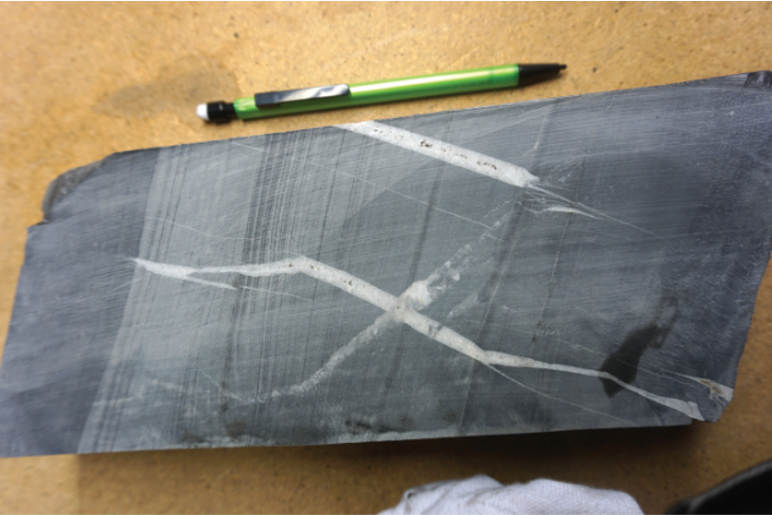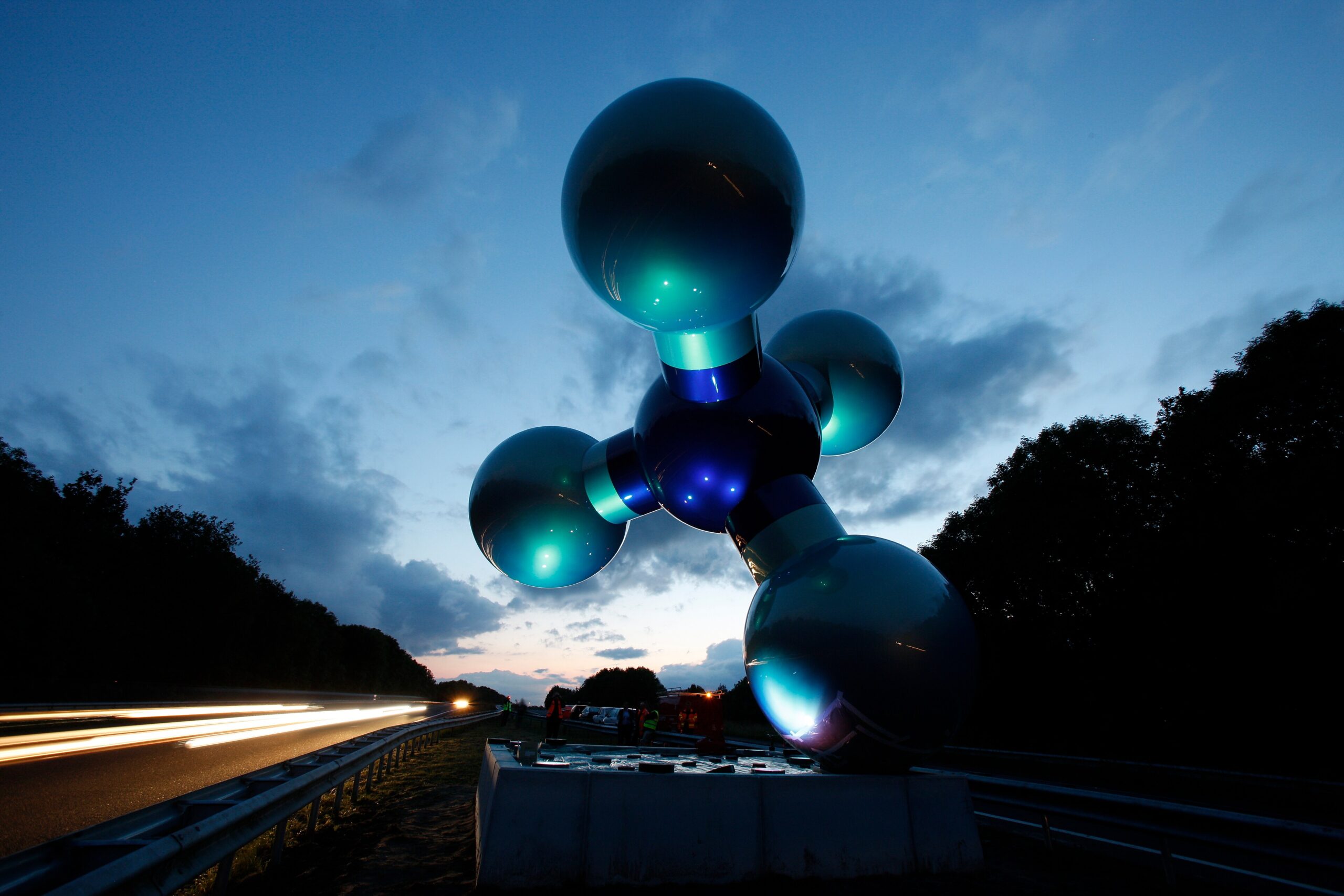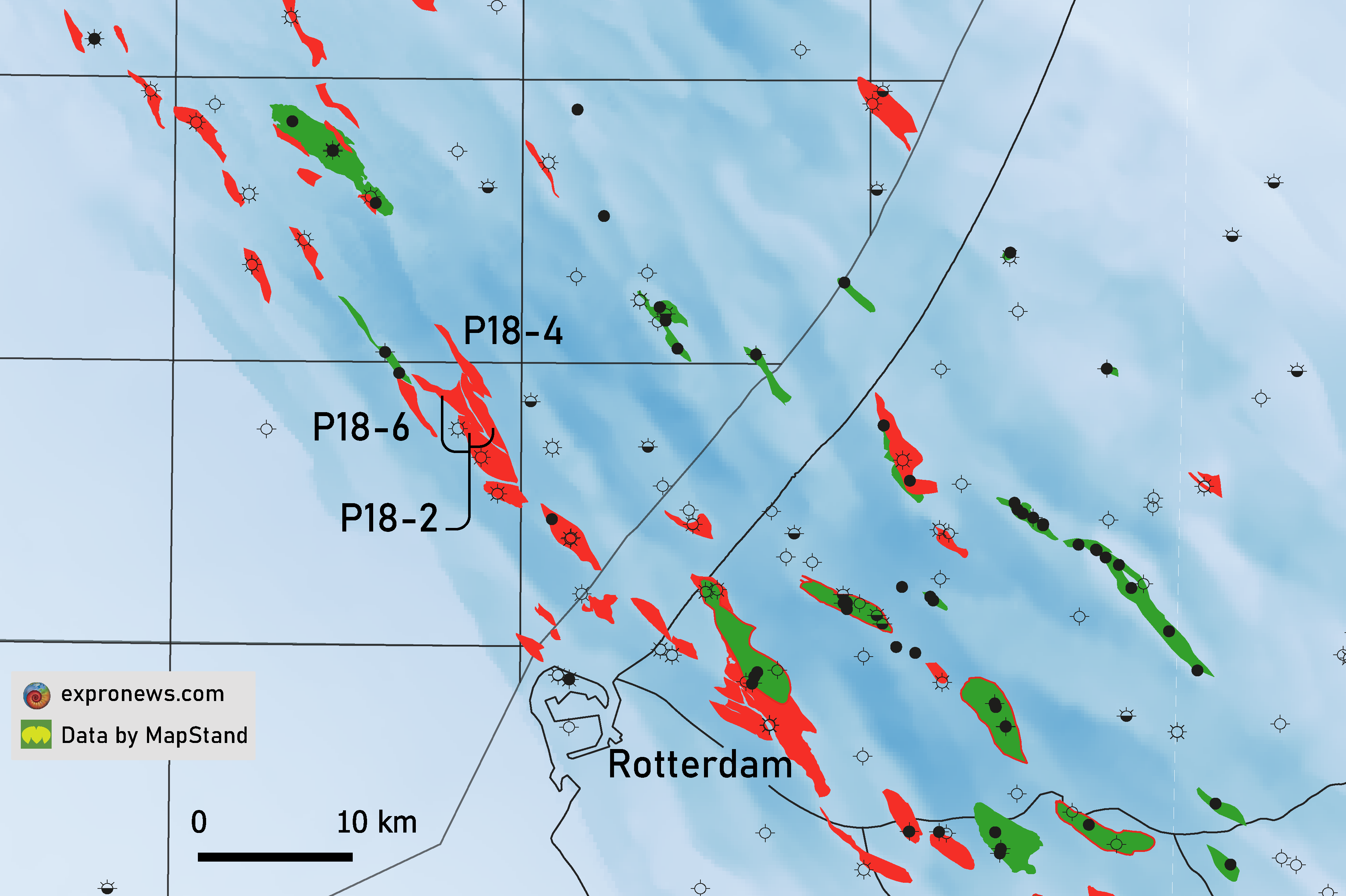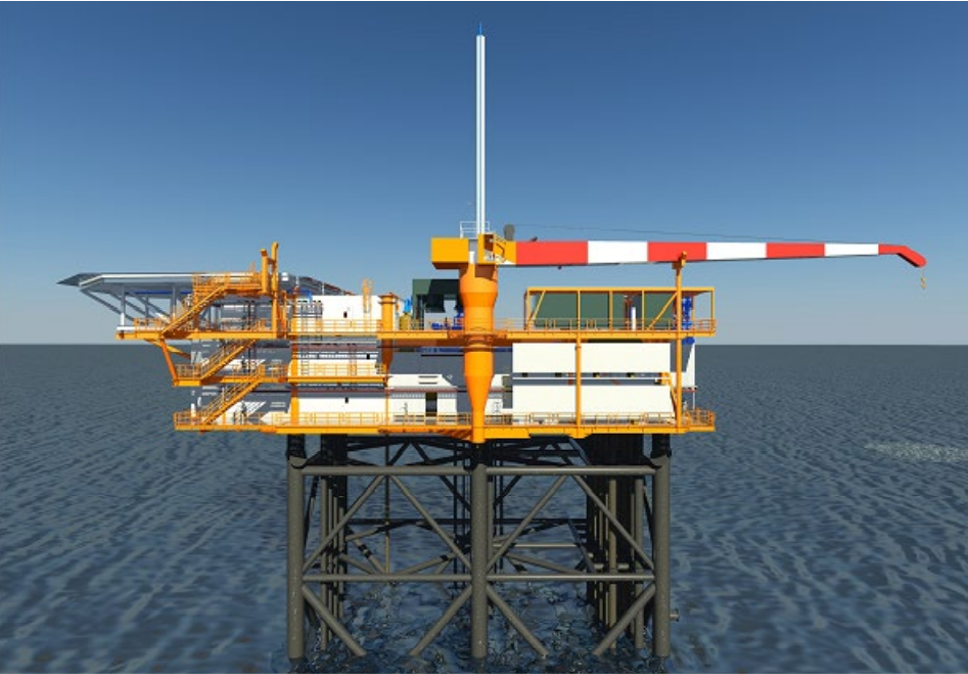In a press release (in Dutch) that went out today, Sander Houben and Geert-Jan Vis from TNO – Geological Survey of the Netherlands report on their work to better understand the age of the supposedly oldest rocks ever drilled in the Dutch sector. The press release is a spin-off from a paper the two geologists published in the Netherlands Journal of Geosciences recently.
London-Brabant Massif
Although the London-Brabant Massif is mainly known from Belgium and it’s westward continuation to England, the northern flank of it has been drilled by a number of boreholes in the Dutch sector. It is a Lower Palaeozoic structure consisting of Lower Cambrian to Upper Silurian rocks. The rocks of the Brabant Massif were deformed by the long-lasting Silurian to Middle Devonian Brabantian Deformation event, mainly resulting in folding and cleavage development.
It is rocks of Palaeozoic age that were cored by well Kortgene-01 drilled in 1982 by NAM. Ever since, geologists interpreted the rocks in these cores as potentially the oldest in the Dutch subsurface, but it was only until Sander Houben analysed miospore associations obtained from the cores that late Silurian (Ludlow–Pridoli Epoch) to earliest Devonian (Lochkovian) age could be confirmed.

Different depositional setting
Based on the analyses performed, the Silurian and lowermost Devonian of the SW Netherlands is characterised by an abundance of miospores. In turn, this points to the presence of a vegetated hinterland and relatively proximal setting during late Silurian and Devonian times.
This differs markedly from the open marine depositional settings reported from the Brabant Massif area in Belgium.
The recorded abundance of miospores suggests that Laurasia-sourced terrestrial material from the north eventually reached a relatively distal basin in the SW Netherlands. The episodic presence of reworked (marine) acritarchs of Ordovician age also suggests the influx of sedimentary material from uplifted elements on the present-day Brabant Massif to the south, possibly related to the inception of the Brabant Arch.
Geothermal potential
The research is not only of value for a better regional geological understanding of the area. Devonian rocks have recently gained interest as an interval of potential geothermal heat extraction, and that is what the geologists from TNO will now focus on more.
HENK KOMBRINK





